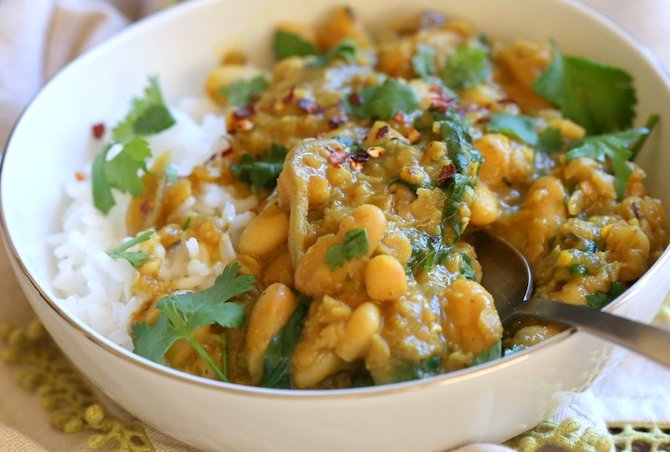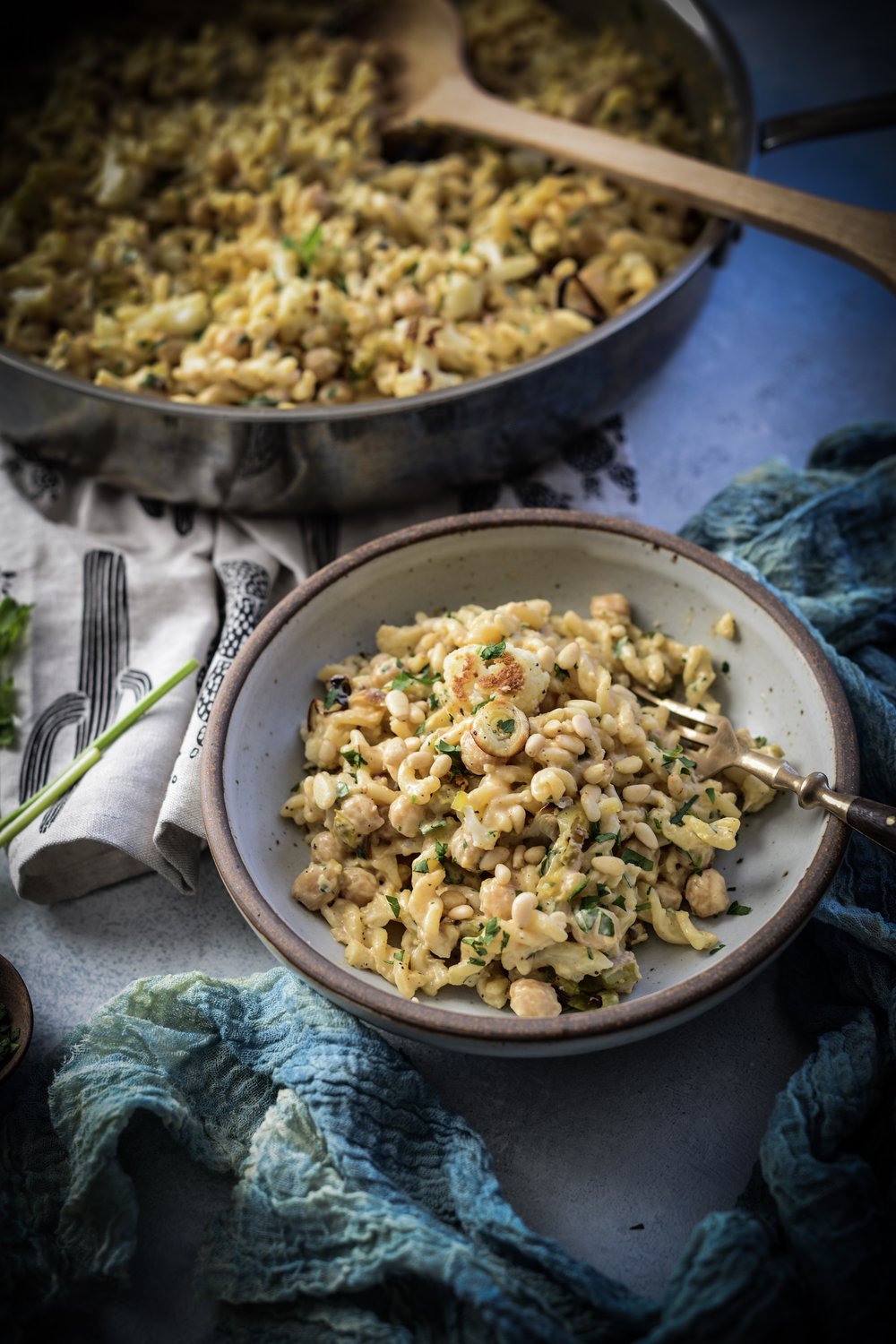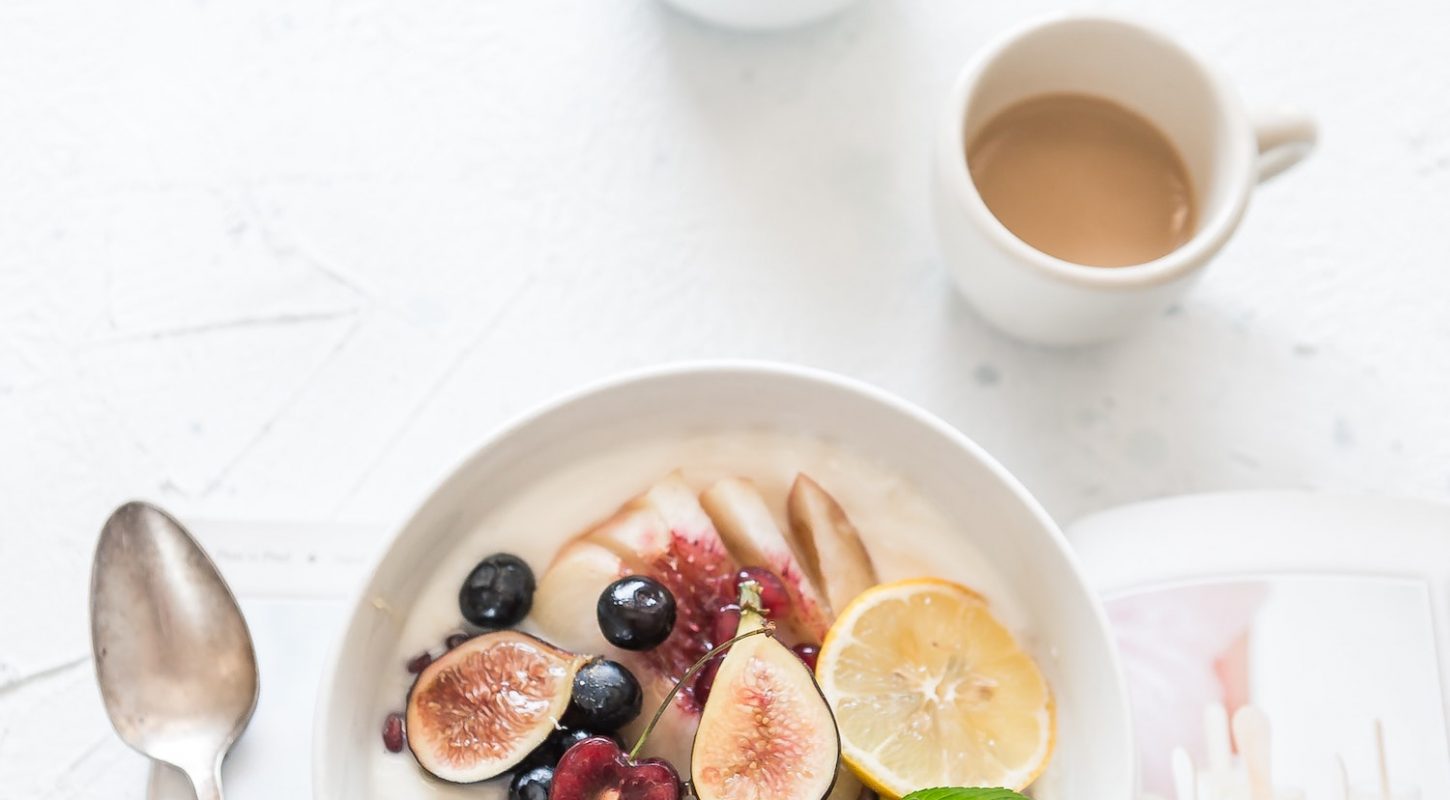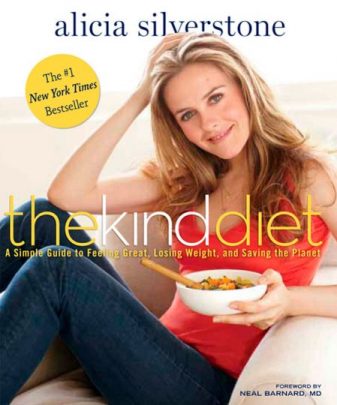Is a vegan diet healthy? Is it expensive? Nutritionist Sharon Palmer dives into the plant-based diet myths to shine a light on the truth.
Vegan diets have never been more popular—in fact they’re becoming increasingly mainstream—yet there’s still a flurry of misconceptions and outright myths about this plant-based way of eating. Yes, you can get enough protein on a completely plant-based diet. And no, it doesn’t have to be an expensive lifestyle. And the myths keep rolling in. So, it’s time to separate fiction from fact and shatter these myths!
5 Vegan Diet Myths
Myth 1: Vegans and vegetarians don’t get enough nutrients, like protein and iron.
Busted! Feasting on a super-healthful plant-based pattern that includes balanced meals packed with a variety of whole grains, plant proteins, vegetables, fruits, and healthy fats pretty much ensures you’re meeting your nutrient needs. It’s a way better diet than the Standard American Diet loaded with unhealthy saturated fats, excess sodium, sugar, and processed ingredients.
In fact, research shows that on average, vegans, like most people regardless of diet, meet their nutrient needs daily. Here’s a little bit more information on how you can feel good about reaching goals for these important nutrients.
Protein: There are plenty of plant protein sources to go around! In fact, some contain good amounts of all the essential amino acids in one serving, such as soy foods and quinoa. Other plant foods, such as beans, nuts, seeds, and whole grains, provide ample protein.
The key to any diet is to eat a variety of foods throughout your day to bring a balance of nutrients. Did you know that even veggies contribute to your protein intake? Try to include at least one high protein source—black beans, lentils, almonds, tofu, chickpeas, peanut butter, chia seeds—at each meal and snack.

Think tofu scramble or oatmeal for breakfast, black bean chili or quinoa grain bowl for lunch, hummus with whole-grain pita for a snack, and roasted butternut squash stuffed with pistachios and figs or a black bean quinoa veggie burger for dinner. Sounds delicious, doesn’t it?
Iron: Found in the hemoglobin of red blood cells, iron is necessary for oxygen transport throughout the body, in addition to other important functions, including immunity and DNA synthesis.
Heme iron (from animal sources) is absorbed better than non-heme iron (from plant sources), but research has also linked too much heme iron with health risks. Sources of iron for vegans include grains, legumes, leafy greens, tofu, and enriched cereals.
Due to the reduced bioavailability of iron, it’s recommended that vegetarians and vegans consume 1.8 times the RDA for iron. And the presence of vitamin C with iron sources can increase its absorption level; plus, cooking foods in an iron skillet can increase iron intake. Including a variety of these foods in the diet can help ensure you meet your iron needs.
Myth 2: Eating a vegan, plant-based diet is expensive.
Busted! Plant-based eating doesn’t have to break the bank, in fact, it will likely save you money. Often, animal protein is the most expensive food on the plate for omnivores.
On the other hand, beans, peanuts, and tofu are economical protein choices. The real key to creating a delicious, healthy plant-based food pantry without maxing out your food budget is pretty simple: eat real food. Sure, fake meats, plant-based frozen entrees, and packaged foods may be easy and convenient, but they are often more costly than creating meals out of whole plants yourself.
Get into the kitchen and cook meals yourself, and you’ll save those dollars! Here are a few hints for eating plant-based on a budget.

Bulk Bins: Pack your pantry with staples, like lentils, beans, and whole grains, which are typically cheaper than their packaged counterparts. Look for bulk spices as well, which are perfect when you only need 1-2 teaspoons for a recipe.
Buy Seasonal Produce: Make the most of fresh produce when it’s in season—oranges in the winter, squash in the fall, strawberries in the summer. You will find them offered at more reasonable prices then too.
Frozen (and Canned Foods) Aisle: Take advantage of less costly—and sometimes better tasting—preserved fruits and vegetables, like antioxidant-rich frozen berries, which are picked at the peak of ripeness and quick-frozen to help preserve their integrity.
“Ugly” Produce: You can find great deals on fresh produce when you opt for the imperfect ones. Farmers’ markets, as well as some grocery stores, are beginning to showcase those “ugly”, less than perfect apples, squash, and beets by offering them at lower prices. You’ll not only save cash, you’ll help offset the food waste in our country.
Myth 3: You have to cut all processed foods, salt, and oil in order to eat healthily.
Busted! A diet that includes a variety of nutritious foods, such as vegetables, fruits, whole grains, legumes, nuts, and seeds, in addition to those unhealthy treat foods, is most sustainable and is going to lead to the best overall health in the long-term.
Eating should be enjoyable, not overly restrictive, so focus on variety and flavor when preparing meals. Seasoning with heart-healthy olive oil and a small sprinkle of sea salt can enhance any dish.
And when you desire a little indulgence, give in on occasion, just be sure to truly savor it as a once-in-a-while experience.
Myth 4: It’s stressful finding vegan meal options when you’re dining out of your home.
Busted! It’s quite common for diners to request a vegan meal option at restaurants, both fine dining, and even fast food establishments today.
Throughout the country and even around the world, plant-based eating is catching on for health and environmental benefits. In fact, many menus now feature vegan options, making it really convenient. If you’re unsure about options when dining out, do your homework and review the menu online or place a phone call in advance.

You can also download the Happy Cow app for vegan dining options in your area.
As a guest in someone’s home, always politely remind your host that you are vegan ahead of time, and offer to bring your favorite casserole or hearty salad to put them at ease (which will ensure you have something satisfying too!). You might be surprised that your dish turns out to be the star of the meal! You’ve got this!
Myth 5: Eating a vegan diet is elitist.
Busted! When it comes to a vegan diet, there’s often the assumption that it is very expensive, and largely an upper class, predominantly white movement. But this style of eating is accessible to all and has been prominent in cultures around the U.S. and the globe.
In fact, plant-based diets have been part of traditional eating patterns in cultures through the millennia—in many cultures, such as countries in the Mediterranean, South America, Asia, and Africa, communities once ate primarily plant-based diets, with low animal food intake, as part of their indigenous foodways.
Rather than try to adopt another person’s style of plant-based eating, foods, and culinary styles, look to your own food culture and traditions that are plant-based.
You don’t have to follow every social media trend and purchase costly superfoods to eat a healthy, wholesome, kind, vegan diet. It can be as simple, unassuming, accessible, and delicious as beans, lentils, brown rice, and seasonal produce.
Plant-based eating can be healthy, delicious, and sustainable! Try this recipe for Farmers Market Tempeh Hash or these Toasted Nori Burritos to get inspired.

